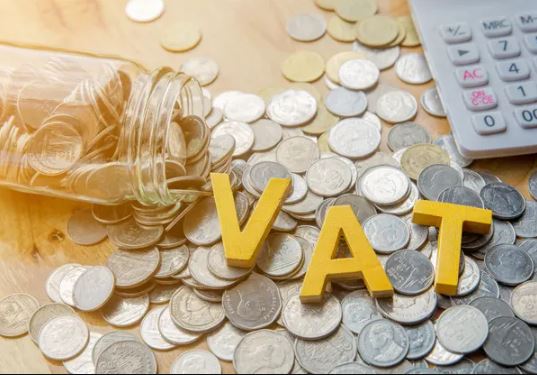How to file a VAT Return in UAE
If you are a registered taxpayer operating a business in Dubai, then VAT registration in Dubai is mandatory. Also, businesses must ensure that VAT filing in Dubai is done as per the Federal Tax Authority (FTA) guidelines. UAE-resident businesses engaged in taxable supplies in the UAE are required to fulfill VAT registration UAE, if the value of their taxable supplies and imports over the last 12 months is more than, or is expected to exceed in the next 30 days, the mandatory registration threshold of AED 375,000.
Also, all non-UAE-resident businesses dealing in taxable supplies in the UAE must mandatorily register for VAT, regardless of the value of their taxable supplies and imports, if there is no other person in UAE who is authorized to pay the due tax.

VAT Filing Schedule
You are required to file your VAT return once every tax period. The tax period varies: it could be a month or a quarter (3 months). This is specified by the FTA on your VAT certificate.
Whether it is VAT filing in Dubai or any other emirate, partnering with IBM Global can make the whole process hassle-free, as we have the required expertise in taxation and knowledge about the relevant rules and terms. Unfamiliarity with or lack of clarity about VAT filing in Dubai can lead to penalties due to incorrect filings.
It is always good to ensure that your business operates in compliance with UAE’s rules and regulations on vat filing in Dubai. The best way to ensure that your business always complies with UAE’s vat filing requirements is to hire a competent VAT consultant that can responsibly manage your vat filing in Dubai.
Process VAT filling in UAE – VAT Return Form 201
Log in to the FTA e-Services portal using your registered username and password to access the VAT Return Form 201, and start the Dubai VAT filing process. Select the ‘VAT’->VAT 201- VAT Return-> click on ‘VAT 201-New VAT Return’ to commence the VAT return filing process.
On clicking ‘VAT 201- New VAT Return’, various sections of the VAT return form will open. The process of filing the VAT Tax return together with the information to be furnished in each section is explained below.
Taxable Person Details
In this section, details such as the “TRN” or “Tax Registration Number” of the taxpayer with VAT registration UAE, his/her name, and address will be captured through auto-population.
If an agent is submitting the VAT return on behalf of a taxpayer, the details of TAAN (Tax Agent Approval Number) and the associated TAN (Tax Agency Number) along with the Tax Agent and the Tax Agency names are auto-populated.
VAT Return Period
Fields such as VAT return period for which you are currently filing a return, the Tax Year end, VAT return period reference number, and VAT return due date are auto-populated in this section.
VAT on sales and all other outputsHere you are required to enter the details of standard rate taxable supplies at the Emirates level, zero rate supplies, exempt suppto reverse charge mechanism, etc.
Further, you also need to fill in sections on VAT on Expenses and All other Inputs, and Net VAT Due. The ‘additional reporting requirement section’ that follows is applicable for businesses that have used and applied the provisions of the Profit Margin Scheme during this period. If this section does not apply to you, just select ‘No’ and move to the next section. This section does not have any financial impact on your VAT Return.
At the end of the form lies the Declaration and Authorized Signatory section. You need to enter the authorized signatory details and tick the box placed next to the declaration section to submit the VAT Return. The taxpayer can save the details as a draft and submit it later if needed.
It is very important that before submitting the VAT Return the taxpayers re-verify all the details and click the submit button only after ensuring that all the information is correct. After successfully filing the VAT Return, the taxpayer will receive an e-mail from FTA confirming the submission of the VAT return form.
Submission Date for Tax ReturnsVAT filing services in Dubai must be done online to the FTA no later than the 28th day following the end of the specified Tax Period (or the date as notified by the FTA). The next business day will be considered for VAT returns filing in case the 28th of the month falls on a weekend or a national holiday.
Emirate-based VAT on Sales It is to be noted that VAT on sales needs to be reported emirates-wise. Standard-rated supplies are reported separately for the 7 emirates of Abu Dhabi, Dubai, Sharjah, Ajman, Umm Al Quwain, Ras Al Khaimah, and Fujairah.
Frequently Asked Questions (FAQ's)
The requirements for opening a bank account in the UAE differ from one bank to the next. Although, in most cases, the presence of a key director or shareholder is essential.
The advantages of having a business account include the ability to track costs, calculate tax liabilities quickly, and manage cash flow.
Yes, you may create a business account in a variety of major international currencies other than UAE dirhams.
We can speed up the process of opening a corporate bank account in UAE using our expertise and experience. Our services are affordable and reliable.
